The Insider's Peek at Scheduling A Roofing Project
Roofing projects don’t happen overnight. Plan a realistic timeline by learning what goes on behind the scenes, and what causes scheduling challenges for a roofing company.
Are You Ready to Get Your Roofing Project Off the Ground?
Did your business experience an unexpected emergency with its roof? Or, is the roof an improvement project that’s been on your to-do list for a while? No matter your circumstances, you are ready to start your roofing project, and that’s exciting.
People often mistakenly assume that once they place a phone call and make a deposit for commercial roof repairs, the roofing company will be on site the next day! This can lead to frustration when unrealistic expectations are unmet. Unfortunately, the average building owner is understandably unaware how roofing projects and scheduling actually works. The easiest way to prevent disappointment, or a feud with your roofing contractor, is to educate yourself about what all goes on during the roofing process.
A commercial roofing company has more than a handful of challenging factors to juggle when it comes to scheduling projects: weather, equipment, and staffing, to name a few. Roofers understand that clients sometimes have a timetable or deadline (re-opening date, hosting clients for a meeting, the start of the busy season, etc.), and they truly do want to work with you to meet your needs.
Before you start dreaming up grand plans for your roof, read about all the nitty-gritty details that go into scheduling the work. This article will set you on the path to scheduling a stress-free roofing project.
Weather Conditions to Consider
Many types of construction and business renovation projects come to a halt during adverse weather conditions, and roofing is no exception. When bad weather strikes, roofers are working hard to prep materials and strategize how best to make up for lost time.
What weather conditions will cause the project to pause? There are several, but if you wouldn’t want to be out in elements on top of your roof, then chances are the roofers won’t be either.
Consider this list of weather conditions to understand how they might interfere with commercial roofing maintenance, repair, and installation:
- Extreme temperatures: In unusually temperatures, roofing materials can malfunction. It's possible for materials to become brittle and can crack or shatter. The chemicals in SPF will not bond properly and adhesive will not work efficiently, which could ruin the longevity of your new roof. Insisting on proceeding with installation in very low temperatures will often void any warranty that a roofing company can offer.
- Rain: proper roof installation requires dry conditions. Certain roof coatings can only adhere correctly to the roof when it is dry. The goal is for the new coating to have a long lifespan and shield your building from all types of precipitation. It might be tempting to get the project up and going again after a pop-up shower, but taking this hasty course of action can undermine your whole operation. Laying material on damp roof decking will trap moisture and lead to big problems down the road, such as mold and rot.
- Wind: Spray coatings are used for the installation of certain roofing products such as SPF, elastomeric, and rubber coatings. When roofers attempt to spray in high winds, most of the spray product gets blown away in the wind. This results in sub-standard thickness. It also requires more material used per square foot. High winds increase the risk of over-spraying onto neighboring buildings and vehicles as particles are taken by the wind and become airborne.
- Snow: contrary to what you may believe, roofers do work in the winter. In fact, some even prefer working in the cool temperatures, rather than the hot summer months. In some cases, snow can be shoveled off the roof, and roof installation can proceed. However, it is recommended that the roof be allowed to thaw properly before roofing work continues. This precaution allows for the adhesive and other materials to properly set. This is why roofers often begin working later in the day during the winter.
No one can control the weather, but skilled roofers can plan around it. By carefully watching the forecast, our team plans the work week to maximize productivity. We have contingency plans for all types of poor weather scenarios. Don’t let bad weather get you down, we’re here to help!
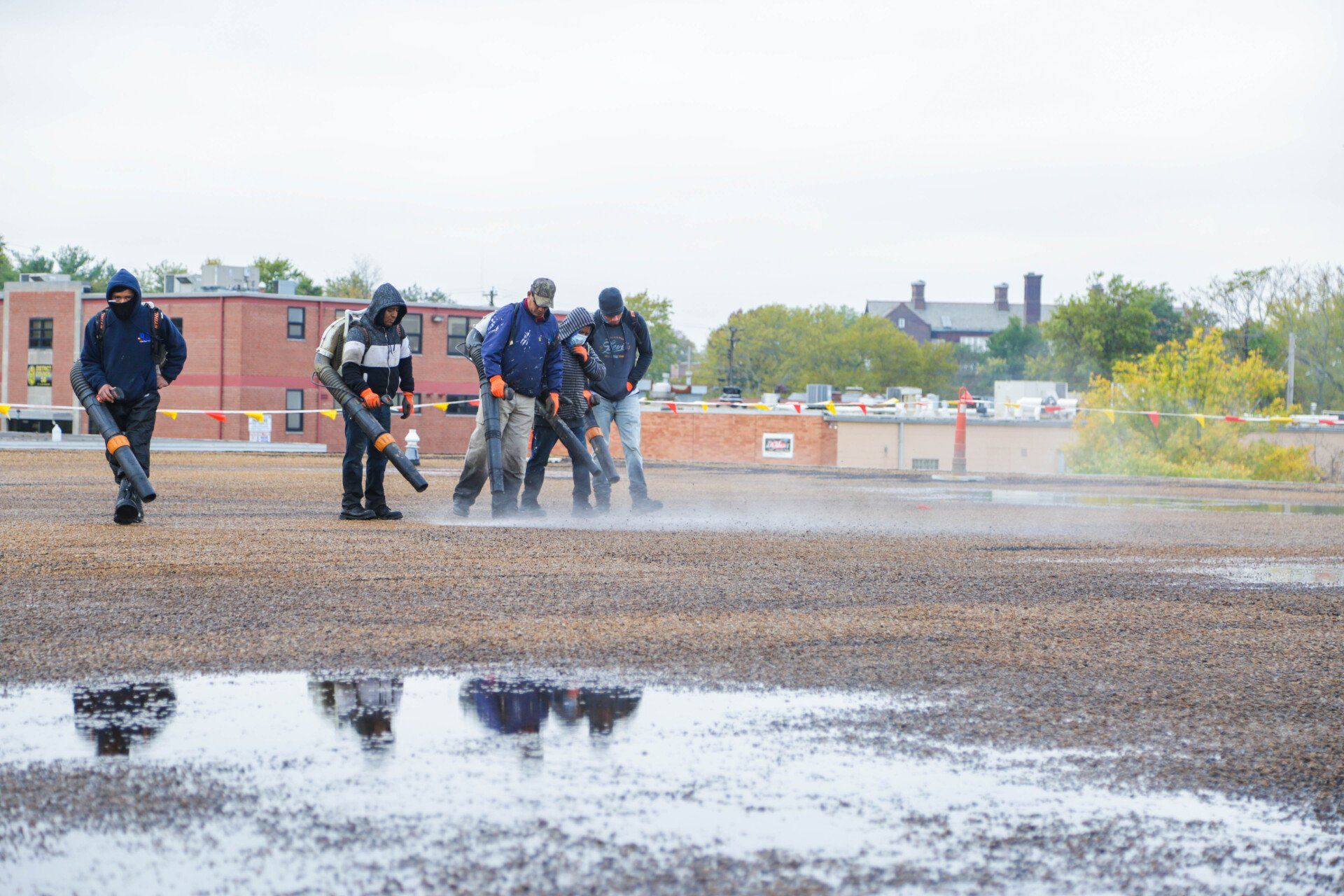
Proper Personnel
Not all roofers have the same skill set, expertise, or certifications. This means different personnel are better suited for certain jobs than others. Depending on what other projects the company is running, there might be certain days that your project is not active. This is because a roofing company doesn’t want just anyone working on your project. They want to place the right personnel in the right job. It’s a matter of integrity and having high expectations for quality work. This sometimes means a small sacrifice in efficiency, but it’s worth it.
Availability of Equipment and Materials
Different parts of the roofing process require different materials and piece of equipment. You contract a roofing company for your roofing project, and then the company often partners with sub-contractors to obtain specific materials or special equipment your job may require.
Of course, commercial roofing companies like R&A Contracting often own many pieces of equipment, but it would be a mistake to imagine they own every single piece of equipment that gets used for roofing a large company warehouse. Some equipment is used so rarely that it makes more sense to rent rather than own. Similarly, common roofing materials are purchased in bulk and kept in stock, but project-specific materials might need to be special ordered.
Our team at R&A Contracting wants to use the correct materials and equipment for your project. The availability of these items will affect the timeline of your project. It’s a good idea to talk through the materials and equipment your job will need with the roofing company during an initial consultation. This will help you better understand the flow of the project and how much time it will take to complete. Our project managers do their best to keep you as the customer posted with regular updates on materials and equipment.
Managing Multiple Projects
Our R&A Contracting team, as with many commercial roofing contractors, is often operating multiple projects at once. This means our personnel, materials, and equipment must be coordinated between active projects. Our team is going to do what makes the most sense with the resources and assets we have. Each roofing project is unique and has different requirements. If your project is simpler, it may be completed ahead of a project that began a month before yours. However, if your project requires a certain skill set or custom-ordered materials, it may take longer than others.
Set Yourself Up for Success
Whether your building needs a brand new roof or a small renovation, the first step is talking to our team at R&A Contracting. Ask about their current workload and what we’re able to take on at this time. With a realistic vision and clear expectations for your project, we can establish a pattern of positive communication from the first conversation.
Great communication will result in satisfaction and a successful project. We pride ourselves on being transparent and honest with our clients. The integrity of our work comes first. We will never rush a project if it will compromise the quality of the services you receive.
Deciding who to trust with your roofing project is a big decision. We know how to juggle all the challenges of scheduling roofing work. Our team features professionals with years of experience in the field. We can help you set up a project schedule that is realistic, efficient, and fit to your needs.
Contact Us Today to Set Up a Consultation!
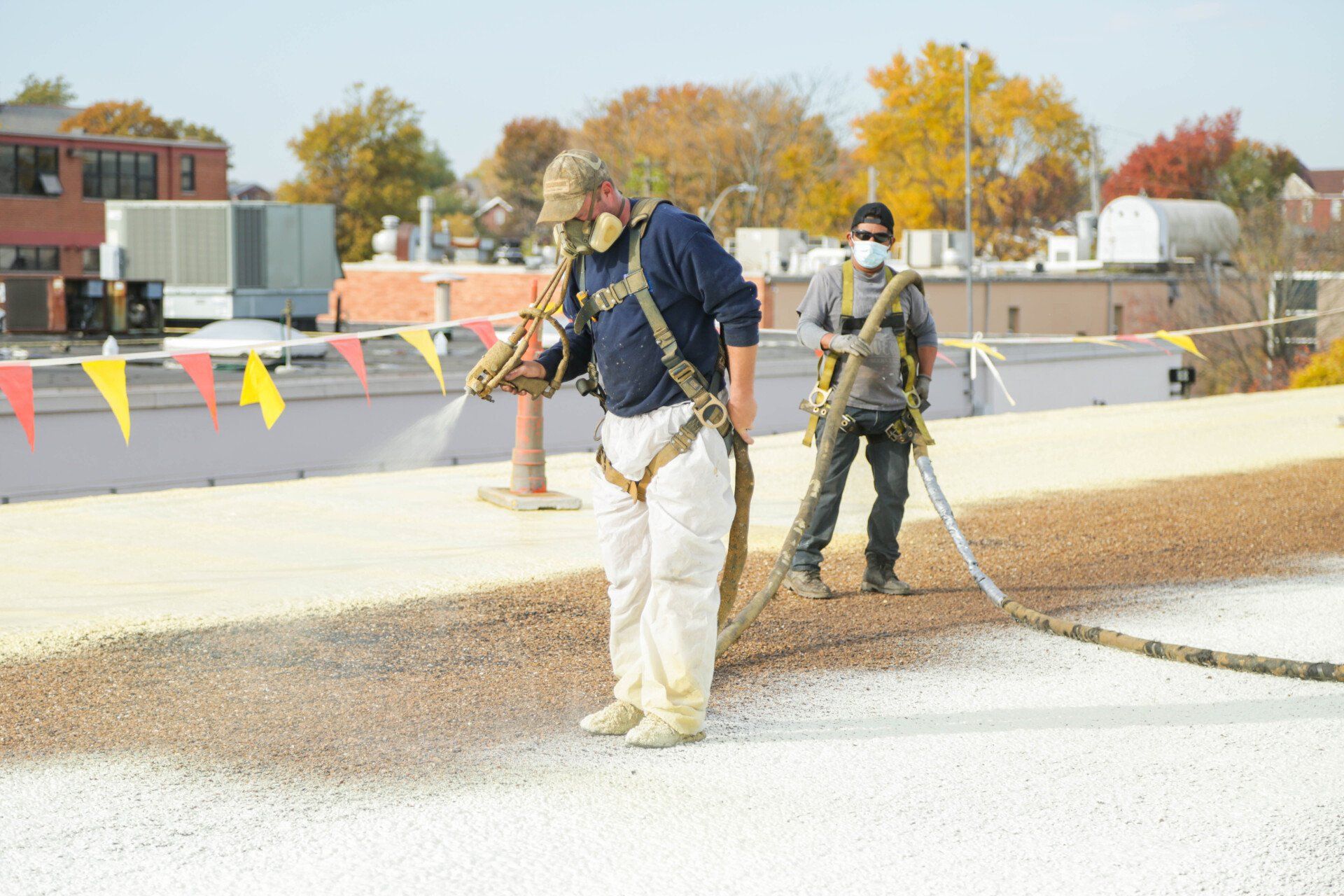


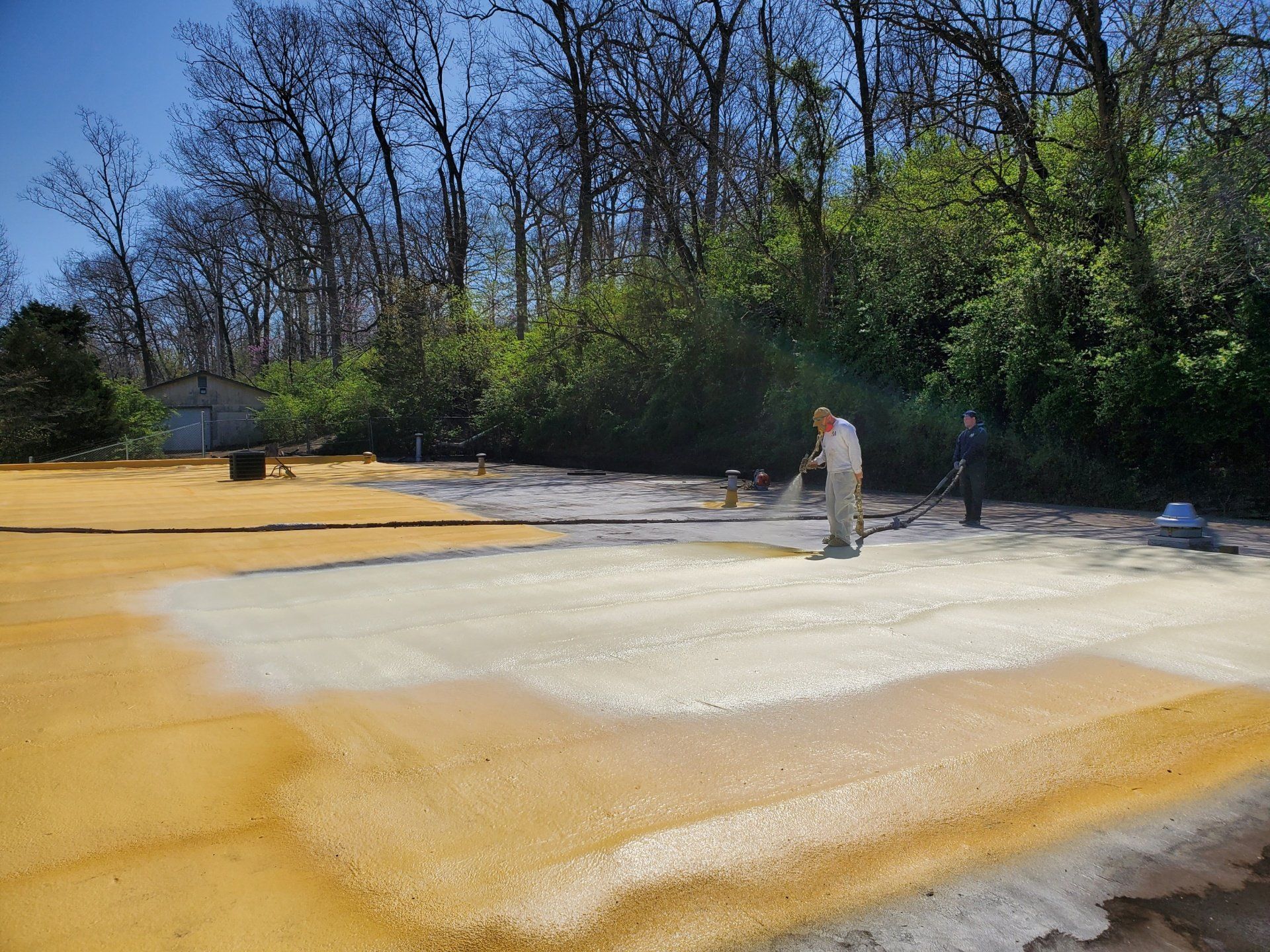
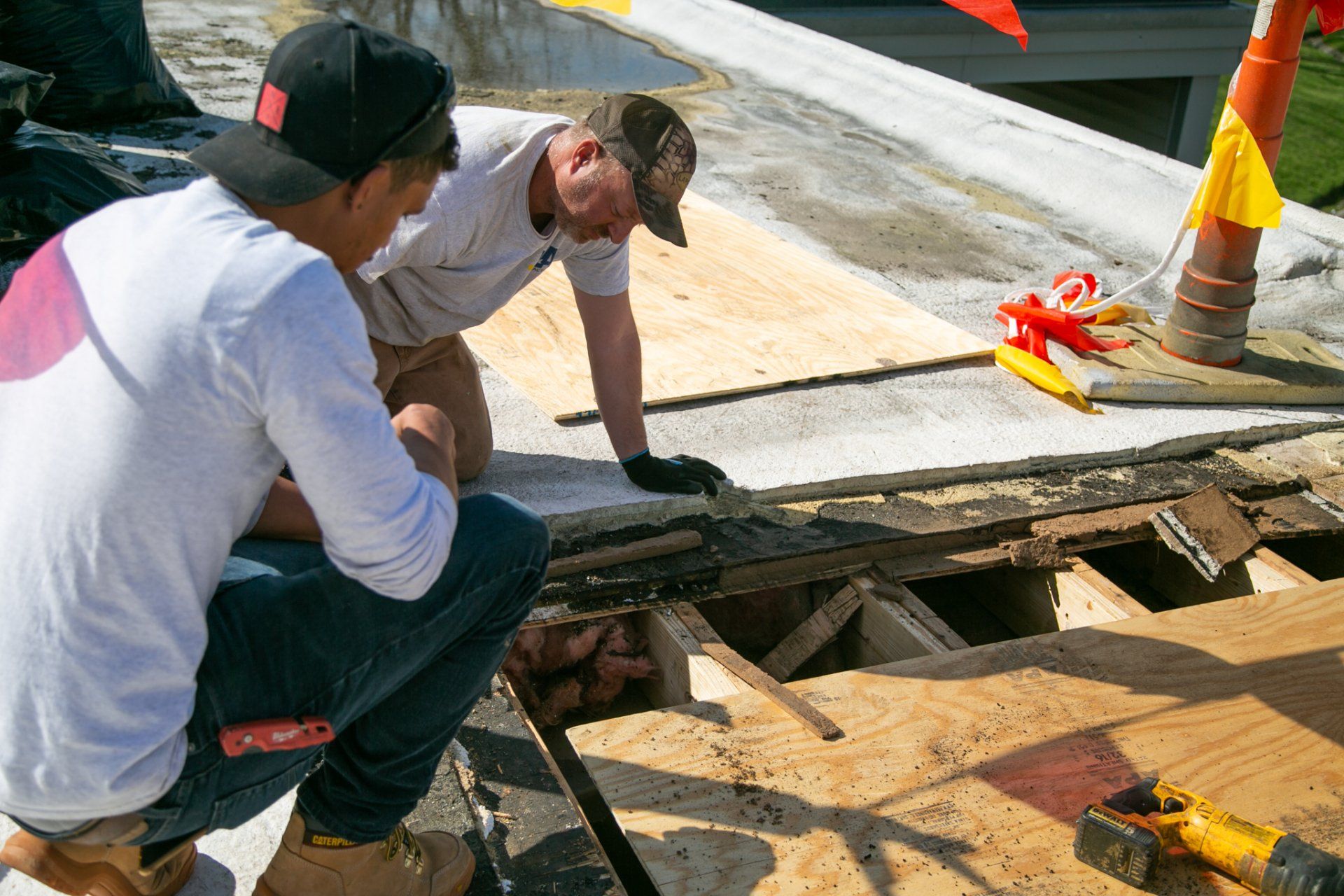
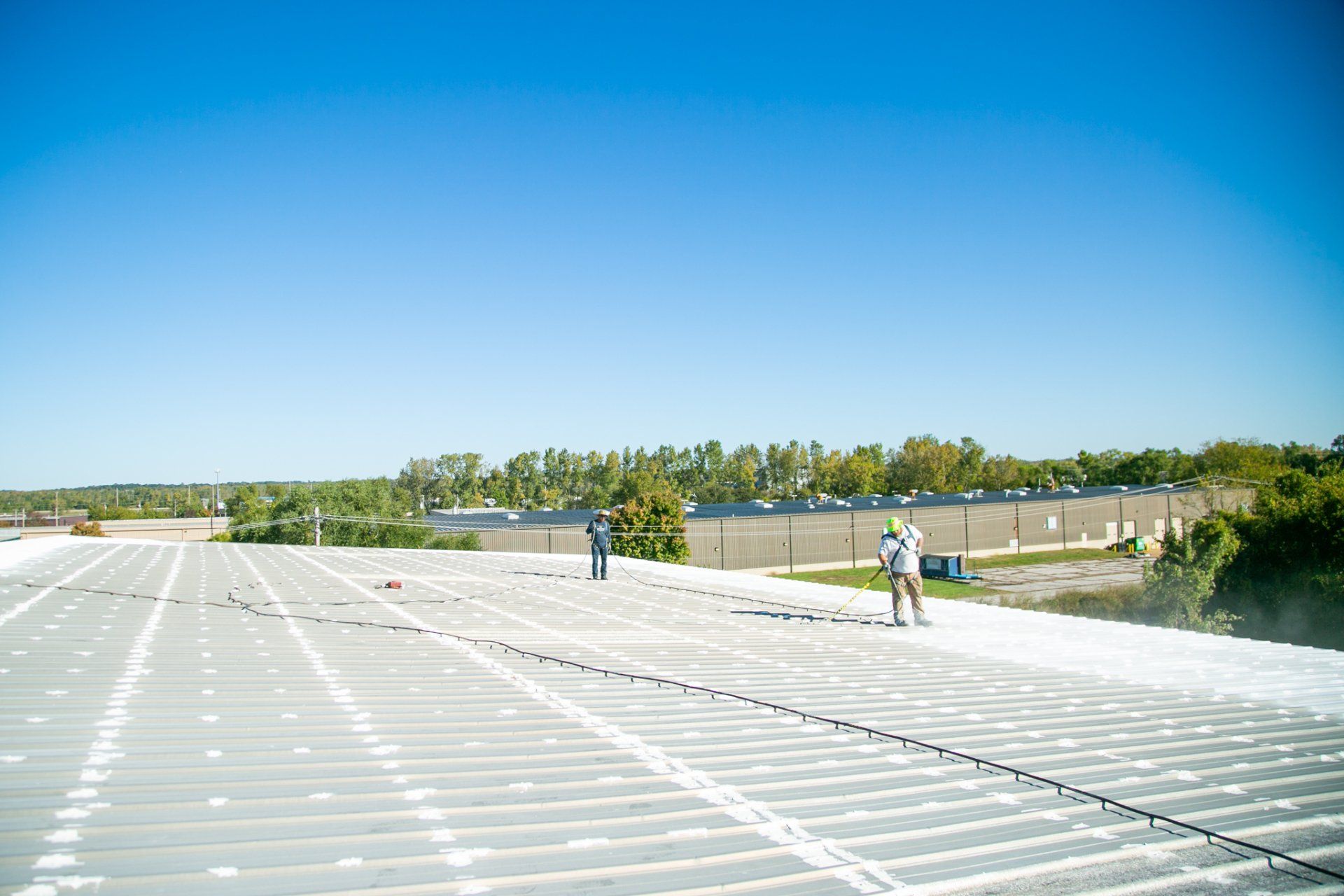


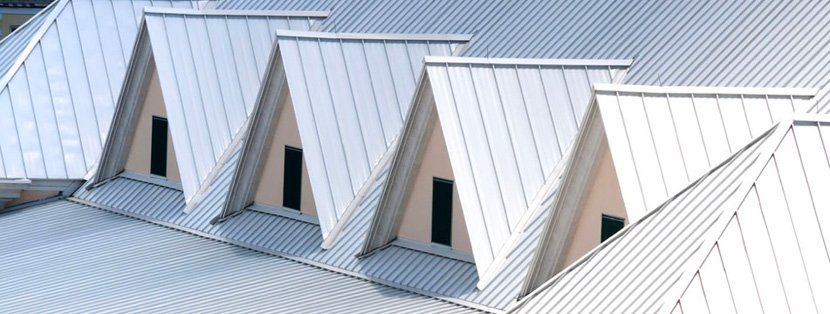
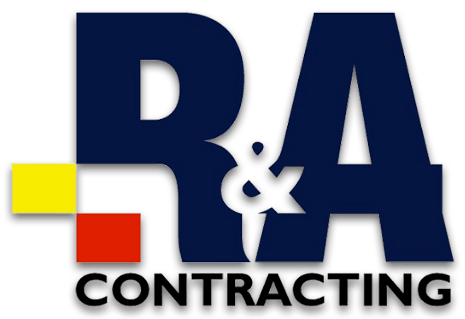
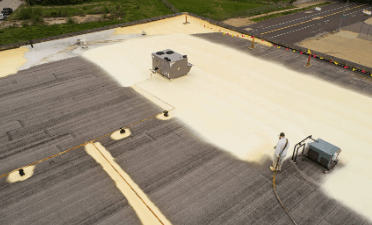
Share On: